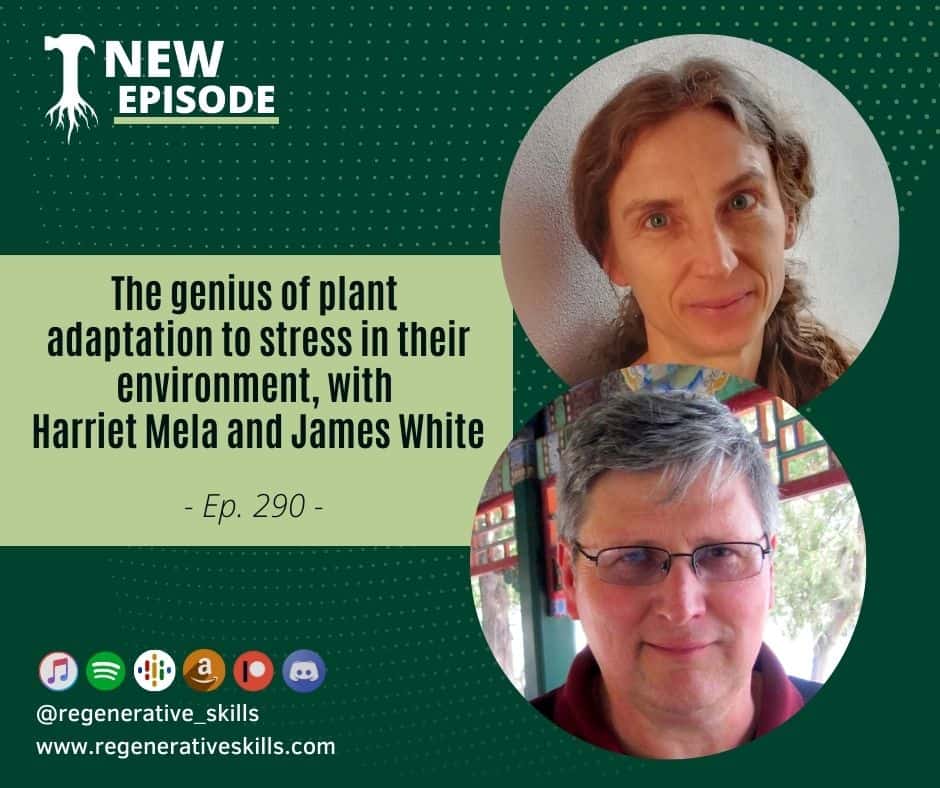
A couple weeks ago I had a wonderful conversation with my good friend Harriet Mela, the independent researcher from Austria who has helped push the boundaries of soil science and plant physiological understanding. We focused last time on how plants handle water stress, specifically drought and the management practices that can either help or inhibit their natural adaptation to this stress. Harriet also made it clear that she had a lot more to say on this topic and behind the scenes we talked about how to frame another discussion. In that time I shared a link to research done by Dr James White demonstrating how plants can absorb nitrogen from the atmosphere via enzymes in the stomata of their leaves. Turns out that Harriet is of course in close correspondence with James and she suggested that we invite him to our next session to explore the newest discoveries and experiments that they’re both conducting. How could I say no to that!
So a quick intro to Dr James White to get us oriented. James is Professor of Plant Biology at Rutgers University in New Jersey where he and students conduct research on ecology of microbes that inhabit plants known as endophytes. James White is the author of more than 270 articles and book chapters, and author and editor of seven books on the biology of plant microbes. He is also an elected fellow of the American Association for the Advancement of Science (AAAS), and Associate Editor for journals Symbiosis, Fungal Ecology, MycoScience, Biology and Scientific Reports, and also serves as Chief Editor for the Plant-Microbe Interactions Section of the MDPI journal Microorganisms and has presented extensively at international industry and academic conferences focused on regenerative agriculture, plant biostimulants and crop microbiomes.
So as you can imagine, between James and Harriet, we get into some epic material.
Though this session takes us in many directions, a couple of which I probably can’t even pronounce correctly, the overarching theme that we explore is the workings of plants and their symbiotic relationships with other organisms that helps them to adapt and overcome stress in their environments. We start by looking at this topic from the perspective of drought tolerance to wrap up the previous conversation, and then we expand from there. We even get into genetic adaptation, the problems with industrially produced seeds, and by the end uncover a key piece of the puzzle that could help you cut the time it takes to transition to regenerative management of your farm into a fraction.
Join the discord discussion channel to answer the weekly questions and learn new skills with the whole community
Links:
